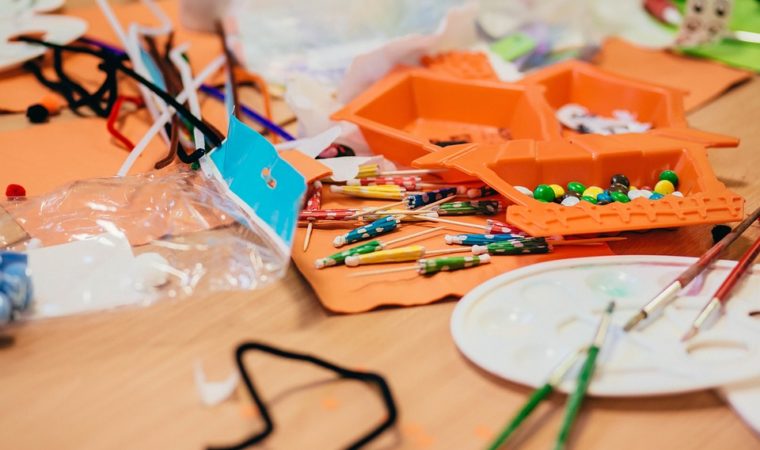5 Ways Art Therapy Can Help Addiction Recovery
- April 19, 2018
- Brenda Fisher
- 0 Comments

Art therapy has long been a form of treatment for an array of mental afflictions. It has been found by researchers that only 45 minutes of creating art can significantly reduce stress levels in the body, and it doesn’t matter whether you’re a great artist, or not.
Art facilitates expression, and gives the artist a specific outlet for many different emotions. Art therapy has its place in traditional 12 Step treatment as well. Here are a few ways art therapy can help individuals working through addiction recovery.
Techniques of Art Therapy
There are specific techniques involved in therapy through artistic expression aimed at pinpointing root issues within the patient. Here is a brief description of a few of the main techniques used by art therapists today.
Gestalt methods: This particular technique focuses on allowing the patient to express current feelings and recent experiences. It is often used as a tool for leading the conversation a bit deeper. Patients also use this technique to describe or explain their point of view on his/her thoughts and feelings.
Active imagination: This is where art is the facilitator for release. Spontaneous, free association is used for creation and expression. This technique often brings issues out from the subconscious level, opening the door for introspection and discussion with trained professionals.
“Third-hand” approach: Every other technique discussed is on the basis that the patient is the sole creator of the art. This technique gets the therapist involved in the production of the piece.
Examples of Art Therapy
There are many ways to express oneself through art, and they do not all involve drawing or painting. Here are a few specific examples of Art Therapy.
Dancing – Dancing involves all of the body and requires that you get up and move. Raising physical awareness of your body is incredibly therapeutic.
Sculpting – Sculpting is a quiet, introspective art that enriches the beauty of physical sensation with tactile rewards. The smooth, methodical nature of sculpting helps release the artists nervous energy, and reform it into something beautiful and tangible.
Singing – These are just a few of the positive physical effects of singing.
- Lowered blood pressure
- Reduced stress levels
- Enhanced communication abilities
- Stimulates concentration
- Boosts the immune response of the body
- Treats physical pain
Playing an instrument – Playing an instrument requires concentration and focus. Taking the time to calm yourself, and create something harmonious with an instrument, is extremely therapeutic. Even if you don’t know how to play an instrument, learning to play can be just as effective.
Writing – Writing is an age-old therapeutic way of expression. When users have a safe outlet to write their thoughts and feelings, it can be immensely beneficial to their emotional well being.
